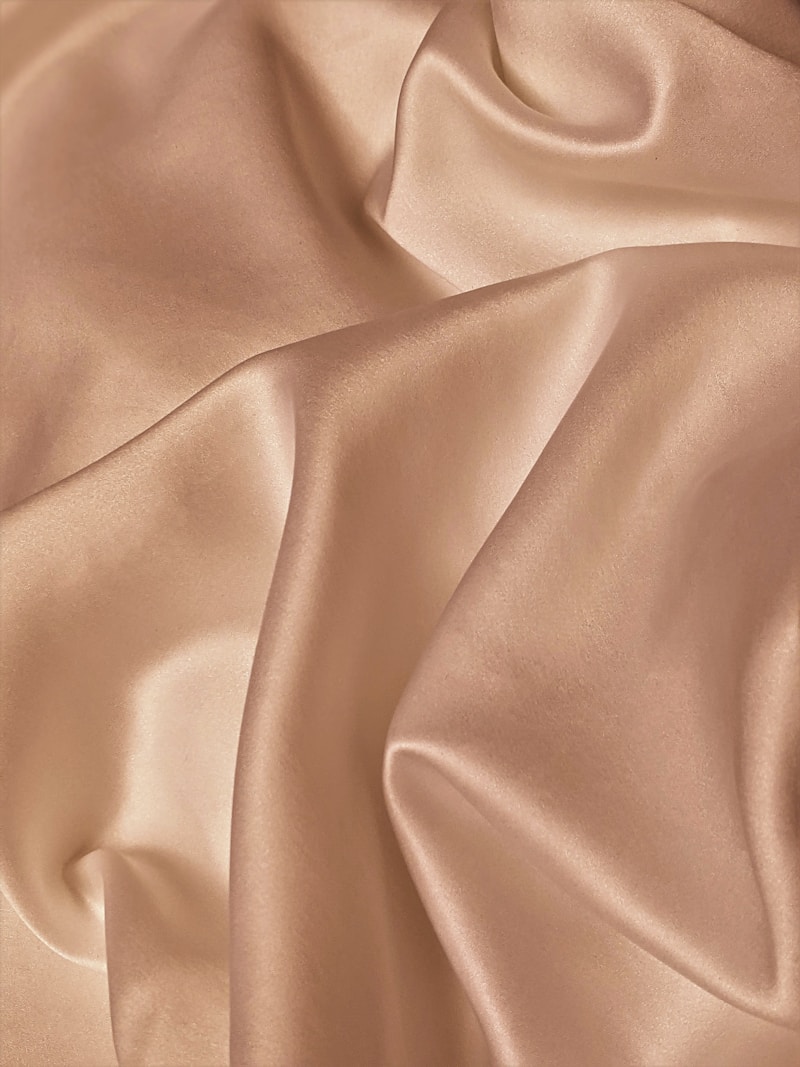Exploring Classic Silk Alternatives: Luxurious Fabrics for the Modern World
Silk has long been revered for its luxurious feel and elegant appearance. However, as more consumers become aware of sustainability and ethical sourcing, the demand for classic silk alternatives has surged. This article delves into various silk alternatives, their benefits, and what you need to consider when selecting these fabrics. Let’s explore the world of classic silk alternatives and discover how they can add value to your wardrobe while being kinder to the environment.
Understanding Silk and Its Impact on the Environment
Silk is derived from the cocoons of silkworms, primarily the Bombyx mori species. While silk boasts incredible luster and softness, its production has raised ethical and environmental concerns. The traditional methods of silk farming often involve killing silkworms, raising questions about animal welfare. Additionally, the intensive resource requirements for cultivation, such as water and land, can lead to environmental degradation.
Why Consider Classic Silk Alternatives?
Classic silk alternatives offer numerous benefits that make them appealing choices for conscientious consumers. Here are several reasons why you might consider these fabrics:
- Sustainability: Many alternatives are produced using eco-friendly methods and materials, reducing environmental impact.
- Animal Welfare: Choosing fabric that doesn’t involve silkworm farming promotes animal rights and welfare.
- Affordability: Classic silk alternatives often come at lower price points, making luxury more accessible.
- Variety: From organic cotton to synthetic blends, alternatives offer a wide array of textures and colors.
Popular Classic Silk Alternatives
Here are some of the most sought-after classic silk alternatives available today:
| Fabric | Description | Key Benefits |
| Lyocell (Tencel) | A biodegradable fiber made from sustainably harvested wood pulp. | Soft, breathability, and environmentally friendly. |
| Viscose | A semi-synthetic fiber made from regenerated cellulose. | Silky texture and drapes wonderfully without the cost of silk. |
| Modal | Similar to lyocell, modal is derived from beech trees and has similar eco-friendly properties. | Softness and color retention, high durability. |
| Organic Cotton | Cotton that is grown without harmful chemicals and pesticides. | Breathable, hypoallergenic, and sustainable. |
| Polyester (Recycled) | A synthetic fabric made from recycled plastics, reducing waste. | Durable, low maintenance, and ethical in its sourcing. |
Key Considerations When Choosing Silk Alternatives
When selecting your classic silk alternatives, there are essential factors to keep in mind:
1. Fabric Quality
Always check the fabric quality to ensure you are getting a product that feels luxurious. High-quality fabrics will look better, last longer, and generally be more comfortable against the skin.
2. Ethical Sourcing
Look for brands that value ethical sourcing and production. Certifications like GOTS (Global Organic Textile Standard) or OEKO-TEX can help you identify responsible companies.
3. Care Instructions
Many silk alternatives require different care than traditional silk. Always read the label to ensure you know how to wash and maintain your fabric to prolong its life.
4. Price vs. Value
While some silk alternatives might carry a lower price tag, consider the value in terms of durability and ethical sourcing. Sometimes a higher upfront cost can mean lower long-term costs associated with replacements and environmental impact.
Where to Buy Classic Silk Alternatives
Classic silk alternatives are widely available, both online and in retail stores. Here are some suggestions:
- Online Retailers: Websites like Amazon, Etsy, and specialized fabric stores offer a range of options.
- Eco-Conscious Brands: Seek brands that are committed to sustainable fashion, such as Reformation and Amour Vert.
- Local Fabric Stores: Visiting local fabric shops can provide you with tactile experiences to assess the quality of alternatives firsthand.
Conclusion
Classic silk alternatives are an excellent choice for those who seek the luxurious feel of silk without compromising on ethical standards or environmental impact. By considering options such as Lyocell, Viscose, Modal, organic cotton, and recycled polyester, consumers can enjoy beautiful fabrics that align with their values. Remember to evaluate the quality, ethical sourcing, and care requirements when making your choice. In embracing these chic alternatives, you not only elevate your fashion but also contribute positively to the planet.
As the shift towards sustainable and ethical fashion continues to evolve, now is the perfect time to explore classic silk alternatives and discover their exquisite qualities. Whether dressing for a casual outing or a formal event, these fabrics will give you the luxury you desire.
